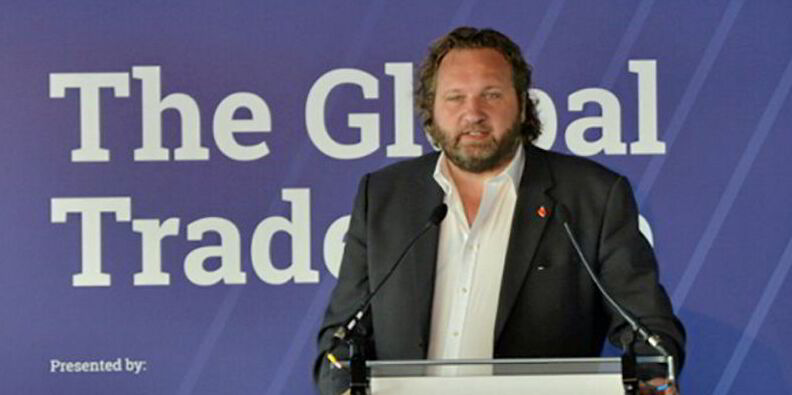Shipping investors spooked by the potential for a US recession could be running from a possible double-whammy of bad news.
Analysts say concerns about a wider economic decline could be intensified by newbuildings arriving at a time of reduced demand.
The comments come with global equities in a tailspin as a selldown that started in Asia, where the Japanese market saw its worst day’s trading since the late 1980s. Fear spread to Europe, where stocks saw volatility at a post-pandemic high.
US equities are now caught up in the wave of negativity, as some sense danger and others sniff opportunity.
ABG Sundal Collier analyst Petter Haugen said fears of an economic downturn in the US, the world’s largest economy, could be compounded by a second factor: newbuildings hitting the water during a period of economic weakness.
“It looks as if the market is worried that a recession, US-based or more widespread, would imply a global decline in end-consumption demand negative to all shipping segments,” Haugen said.
“[Investors fear] further that such a decline would happen simultaneously as several segments will see accelerating fleet growth from the current orderbooks.”
The fears come as robust global demand growth, plus an ageing fleet and muted orderbook — which in total accounts for 13.3% of the global fleet according to Clarksons — have been part of the fundamental case for a prolonged upturn in shipping across several segments.
Frode Morkedal, analyst in the shipbroking giant’s banking division, said Monday’s downturn follows a month-long period of poor performance for shipping stocks in line with the cyclical summer dip in rates.
Still, he argued the fundamental case remains strong and that Monday’s battering could represent a buying opportunity.
“Once stock markets stabilise, and given the typical seasonal strength in autumn freight rates, the recent downturn may provide an appealing opportunity for investors to increase their exposure to a sector that is expected to benefit from continued strong market fundamentals in the years ahead,” Morkedal said.
In Oslo, nearly all shipping stocks were in the red in afternoon trading.
Offshore vessel owners fell the most, but even the largest names on the exchange took a hit.
Wallenius Wilhelmsen, the world’s largest car carrier owner, saw its class B shares slide nearly 6% to NOK 333 ($30.13).
Chemical tanker rivals Stolt-Nielsen and Odfjell both saw drops, with Stolt-Nielsen falling just under 3% to NOK 395.50 and Odfjell’s class B shares falling 3.1% to NOK 139.50.
John Fredriksen outfits Flex LNG dropped 3.2% to NOK 273.80, Frontline 3.5% to NOK 243.10, Golden Ocean Group 5% to NOK 119.45 and Avance Gas 3.5% to NOK 148.40.
The global equities sell-off began in earnest on Monday following a lacklustre US jobs report on Friday.
The bloodbath started in Japan, with the Nikkei Stock Average dropping 12.4%, the steepest single-day drop since 1987 when the measure cratered by 14.9%. Japan’s big three shipowners saw their shares tumble in the process.
In the UK, Clarksons and Braemar came under selling pressure at low volumes, in the case of Clarksons, despite the company reporting near record first-half profitability.
The UK’s FTSE 100 fell 3%, or 245 points, to 7,929, South Korea’s Kospi index slid 8.8%, or 235 points, to 2,442 and the European Stoxx 600 fell 3.5%, or €17.72 ($19.45) to €480.08.





